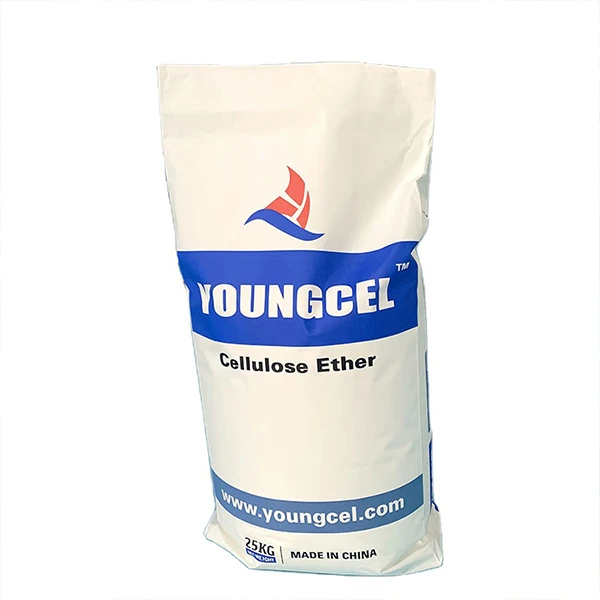The Current Landscape of Cellulose Powder Prices
Cellulose powder, a white, odorless powder derived from plant cell walls, has become an indispensable ingredient across various industries, including pharmaceuticals, food, cosmetics, and personal care products. As global demand for cellulose powder continues to rise, understanding the fluctuations in its pricing is essential for manufacturers and consumers alike. This article aims to provide insights into the factors influencing cellulose powder prices, current market trends, and future projections.
Understanding Cellulose Powder
Cellulose itself is a natural polymer made from glucose molecules and is the most abundant organic polymer on Earth. The powder is often utilized for its binding and thickening properties, making it a critical component in many formulations. In the food industry, cellulose powder can act as a stabilizer, thickener, and emulsifier, while in pharmaceuticals, it serves as a filler for tablets and capsules. The cosmetic industry also employs cellulose in a variety of products, including lotions and creams, for its moisture-retaining capabilities.
Factors Influencing Prices
1. Raw Material Availability The primary source for cellulose powder is wood pulp, but it can also be derived from cotton and other plant materials. The availability of high-quality raw materials directly impacts production costs. Factors such as deforestation, climate change, and logging regulations can restrict raw material supply, leading to price increases.
2. Production Costs The manufacturing process of cellulose powder involves several stages, including extraction, hydrolysis, and drying. Each stage requires energy and raw materials, and fluctuations in energy prices can affect overall production costs. Additionally, technological advancements can improve efficiency but may require significant investment.
3. Demand Across Industries Industries such as food packaging, pharmaceuticals, and personal care goods have seen increased demand for cellulose powder. The rise in consumer preference for natural and organic ingredients has further spurred this demand. As more products incorporate cellulose powder for its functional properties, prices are likely to experience upward pressure due to heightened competition for available supplies.
4. Global Market Trends The globalization of trade means that cellulose powder prices are often influenced by international market dynamics. Economic growth in emerging markets like India and China is driving demand for various consumer goods, thereby impacting cellulose powder prices globally. Additionally, geopolitical factors, such as tariffs and trade agreements, can lead to price volatility.
cellulose powder prices

5. Regulatory Environment Environmental regulations surrounding the sourcing and production of cellulose can also affect prices. Stricter regulations may necessitate additional processing and compliance costs, which can be passed on to consumers through increased prices.
Current Market Trends
As of 2023, the cellulose powder market is witnessing significant changes. Prices have generally risen due to increased production costs and demand. The food sector, in particular, has seen a notable surge in interest in cellulose-based ingredients as companies strive to meet consumer demand for healthier and more sustainable products.
On the other hand, many manufacturers are harnessing innovative production techniques to improve yield and lower costs. For instance, developments in biotechnology are allowing for more efficient fermentation processes, which may lead to new sources of cellulose at lower prices in the long run.
Future Projections
Looking ahead, the cellulose powder market is poised for continued growth. Analysts predict that demand will remain robust in various sectors, particularly in biodegradable packaging and natural personal care products. However, price fluctuations may persist due to the aforementioned factors.
To mitigate risks associated with price volatility, manufacturers might consider long-term contracts with suppliers or invest in research and development to explore alternative sources of cellulose that could help stabilize costs. Additionally, collaboration between producers and consumers could foster better supply chain efficiencies, ultimately leading to more favorable pricing structures.
Conclusion
In conclusion, the landscape of cellulose powder prices is shaped by a multitude of factors, including raw material availability, production costs, and demand from diverse industries. As the market evolves, pricing will likely remain dynamic, influenced by both global economic trends and local regulatory developments. For businesses tapping into cellulose powder's versatility, staying informed about these trends is crucial to navigating the complexities of this essential ingredient's pricing. As sustainability continues to be a priority for consumers, the cellulose powder market stands ready for innovation and opportunities ahead.
-
Rdp Powder: Key Considerations for Wholesalers in the Building Materials IndustryNewsJul.08,2025
-
Key Considerations for Wholesalers: Navigating the World of Hpmc - Based ProductsNewsJul.08,2025
-
Hpmc Detergent: Key Considerations for WholesalersNewsJul.08,2025
-
Key Considerations for Wholesalers: China Hpmc For Tile Adhesive, Coating Additives, Concrete Additives, and MoreNewsJul.08,2025
-
Crucial Considerations for Wholesalers: Navigating the World of Construction MaterialsNewsJul.08,2025
-
Key Considerations for Wholesalers Sourcing Additive For Cement, Additive For Concrete, Additive For Putty from Additive Manufacturer Shijiazhuang Gaocheng District Yongfeng Cellulose Co., Ltd.NewsJul.08,2025




